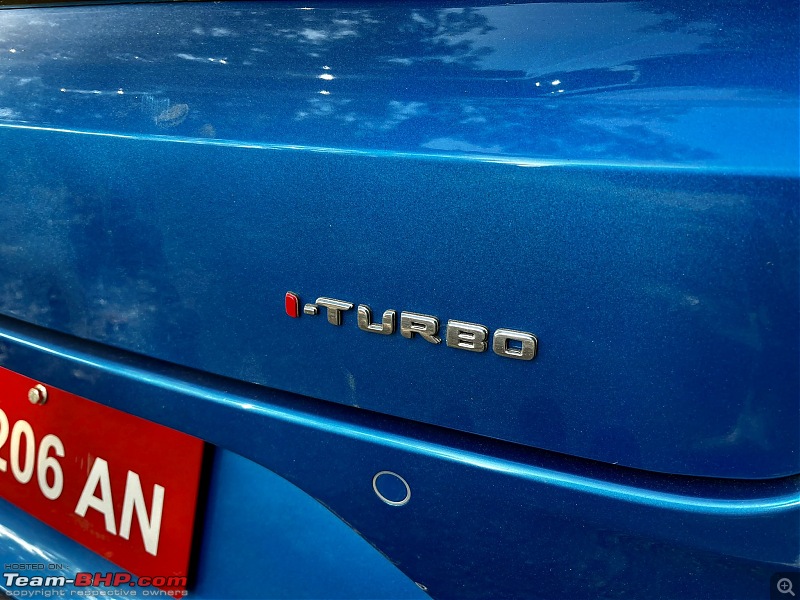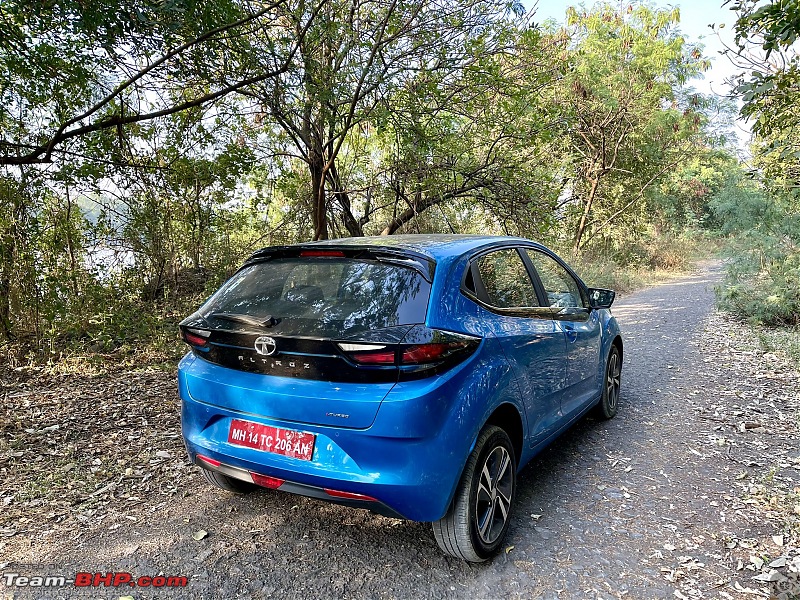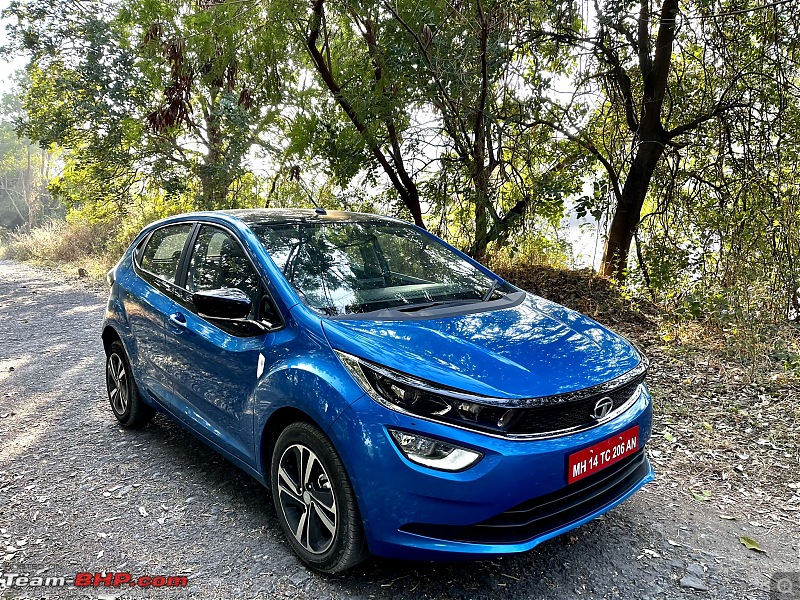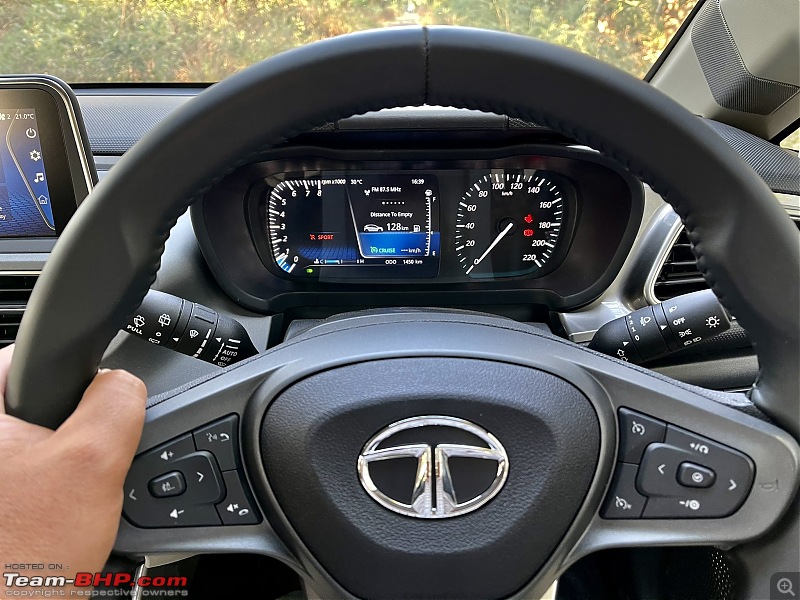Quote:
Originally Posted by VKumar  Ahh.. Old school, honest, rugged and reliable mechanicals is how I pronounce it!
Coming back to the topic, 0-100 time of 11.9 second is absolutely cool, how many of you guys can make a City actually hit 100 under 12 seconds? Just try once, and see still how quick it feels. |
Yes, I too agree that 0-100 is a pretty pointless exercise.
Quote:
Originally Posted by VKumar  Just look at it as an option of a car, which offers you fantastic driveability. You are not going to hit 2000 rpm in a city drive most of the time But yes, you hit 1500-3000 rpm range very frequently, and that's where we need the ample power. |
When do you shift gears, then? I've always shifted around 2000RPM. I feel the need to go higher only on naturally aspirated petrols.
Quote:
Originally Posted by VKumar 
Example 2: Ciaz 1.5 DDiS
Lowest power and torque rating among competitors
Drive it to believe it, the engine starts pulling right from 1500 rpm, you don't enjoy the flat out figures, but you get an awesome in-gear drivability. Drive it from 60-120 in sixth gear and you will start singing appreciations for this motor.
Even Innova 2.5 also had around 200 nm torque only, have you seen it pulling uphill against the likes of XUV and Safari which had 320 nm, or even the Hexa, which had 400? Only figures never dictate the drivability IMO.
So, don't go by the numbers guys. Drive it to believe it. |
Yes. My Elantra has more torque than the Innova 2.5, but probably isn't as easily drivable.
But for now, we only have the torque curve to go by. And this is the best guess we can take. The only way to really know the drivability of the car is to wait for the reviews/test drive impressions. Until then, we won't know how early on those 140nms are generated, how they are sent to the road(gearbox also plays a big role!), or anything else. But purely going on speculation, considering that this is a small non-direct injection engine, and that all turbo-petrols show similar torque graphs, I don't expect this to be the killer engine it's made out to be. I'd be happy to be proven wrong, come review time!

Quote:
Originally Posted by VKumar  The T-GDi is a funny motor IMO. It feels good only till it is inside a small and light weight hatch. Add the weight, and the kid simply loses the muscle. I can't imagine going uphill in a fully loaded manual car with 1.0 T-GDi. Fine it has 118 bhp, but I am not willing to drive over 2000 rpm anywhere, leave aside 5500. |
So far, we don't know if the drivability of this engine will be better or worse than the T-GDi. Do you mean to say that based on the specs and torque curve we've seen, you believe this turbo-petrol engine would be better than Hyundai's 1.0 T-GDi?
Quote:
Originally Posted by VKumar 
I would any day prefer a 1.2l turbo petrol motor over a 1.0l unit. It gives me better low end, a more linear power delivery, and if the specific power output is lesser - I can expect a higher reliability and lower maintenance in long run too, along with a higher FE. Everyone knows the fuel sipping habit of turbo petrols. A bigger block with a smaller turbine attached to it, is any day my preference over a smaller block with a bigger turbine attached to it.
|
Quote:
Originally Posted by VKumar 
That's the point man, this engine is still 20% larger in displacement than the 1.0l engines. My point is rather simple, couple a 1.2l motor to a turbo, and you get a vehicle which is more driveable than the one that gets a 1.0l motor.
|
Both of your statements imply that this will be less driveable than the example I've provided, right? The point of my example was to illustrate that these motors don't generate torque as early on in the rev-range as they say they do. That's why I'm somewhat pessimistic. Too small an engine, no direct injection, and a low peak torque figure to boot.
Quote:
Originally Posted by VKumar 
I always say this, comparing turbo petrols and turbo diesels is not viable, even if the torque figures are same, a turbo petrol pulls even a heavier car in a more brisk manner than a turbo diesel can. You think a Swift diesel will accelerate quicker than a Nexon petrol?
|
I'm not focusing on the comparison of turbo-petrols and diesels. I'm illustrating the examples of game-changing engines of the past, such as the
VW 1.2 TSi, Fiat Multijet as Maruti's 1.3DDiS, etc. Both of these engines have seen high rates of adoption, globally, since around 2008. Seeing that these engines have already been done and dusted with, I think it's fair to expect an exciting engine launch in 2020 to be comparable to these standards.
I don't see the need to segregate sharply based on engine size - Tata Motors made the choice to pop in a 1 litre turbo petrol. They could have put in a 1.2L Revotron, this same engine with a higher state of tune, or an engine of any other capacity. Rather, I believe it should be segregated based on car segment - and these game-changing engines were available on cars the same size as the Altroz(Polo, Swift, etc.)
Turbo-petrols are certainly faster but turbo-diesels have had, in my experience, better drivability. A Nexon petrol may be faster than the Swift diesel in a drag race, but what about compared to a Nexon diesel in an in-gear pull from 1500-3000RPM? This harkens back to 0-100 times being pointless. I'm sure we've all seen cab drivers lugging their Swift Dzires and G-i10s, merrily shifting up at just 1200RPM. I think that proves my point. Both turbo petrols and turbo diesels have the sweet spot in the same 1500-3000RPM range where the majority of people spend most of their driving time in. And in that range, turbo diesel variants of the same car should definitely pull harder and have better drivability.
Thanks to this, I think there's a decent chance the 1.5L diesel will still be the preferential motor for prospective Tata Altroz owners. I mean, if drivability is the main concern, why look past a larger-sized, pretty decent turbo-diesel engine? But I would be happy to be proven wrong.
 (6)
Thanks
(6)
Thanks
 (2)
Thanks
(2)
Thanks
 (10)
Thanks
(10)
Thanks
 (3)
Thanks
(3)
Thanks
 (1)
Thanks
(1)
Thanks
 (1)
Thanks
(1)
Thanks
 (2)
Thanks
(2)
Thanks
 (9)
Thanks
(9)
Thanks
 (15)
Thanks
(15)
Thanks
 (6)
Thanks
(6)
Thanks
 (1)
Thanks
(1)
Thanks
 (12)
Thanks
(12)
Thanks
 (1)
Thanks
(1)
Thanks













